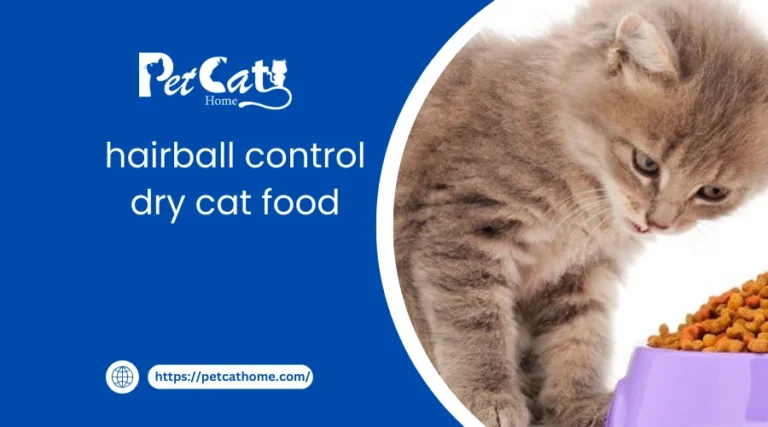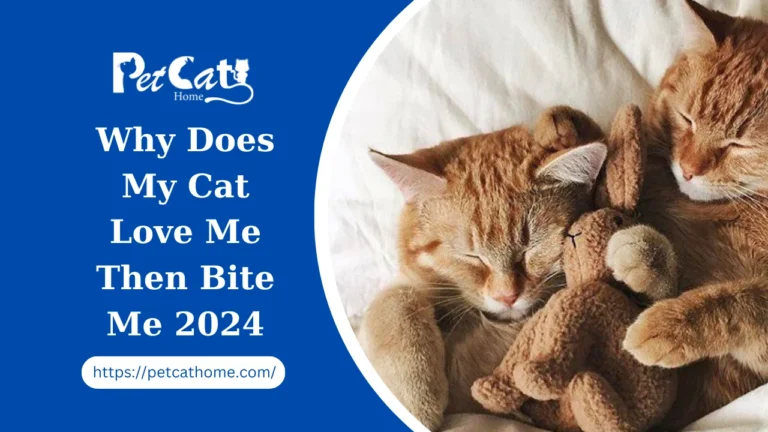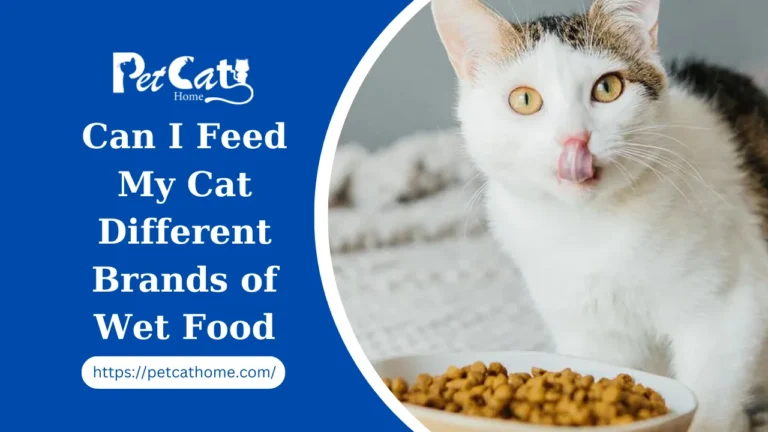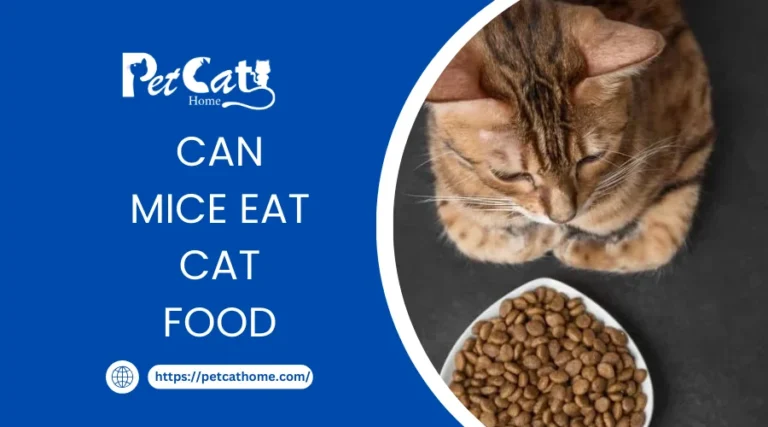How Much Wet Food To Feed A Cat Calculator
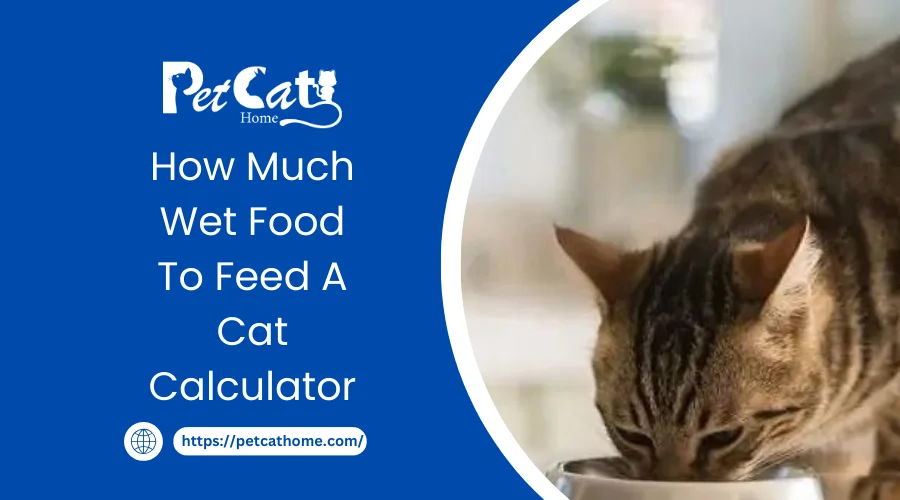
It is crucial for your cat’s general health and well-being that you provide them with the best possible food. Like people, cats need a balanced diet to be healthy, and wet food is a great way to give them the vital nutrients and water they need. But for many pet owners, figuring out how much-wet food is right for their cat can be a confusing chore.
Let’s examine why wet food is an essential part of your cat’s diet before getting into the details of how much-wet food to give them. Wet food has a far higher moisture content than dry kibble, so it keeps your cat hydrated—especially if they don’t drink a lot of water. Wet food is also often more appetizing for cats, which makes it a great option for finicky eaters or cats with dental problems.
In addition, wet food generally has a lower carbohydrate content and a greater protein content than dry food, which is more in line with what cats naturally eat. This increased protein intake gives vital amino acids for general health and promotes the growth of muscles.
Factors to Consider When Determining Feeding Portions
Let’s now tackle the main query: how much-wet food is appropriate for your cat to eat? The response changes according to several variables, such as:
1. Age and Life Stages
The nutritional needs of adult cats, geriatric cats, and kittens vary. For example, kittens need larger quantities and more frequent feedings to support their rapid growth and development. While elderly cats may need specific diets catered to their age-related health conditions, adult cats have steady energy needs.
2. Weight and Body Condition
Similar to us, cats must maintain a healthy weight to avoid health issues linked to obesity. You might need to change the amount of wet food your cat eats based on whether they are overweight or underweight. To find out the appropriate body condition score and recommended feeding portions for your cat, speak with your veterinarian.
3. Activity Level
A cat’s energy requirements are influenced by how active they are. Compared to outdoor cats, indoor cats are typically less active and might need fewer calories to be at a healthy weight. To avoid overfeeding or underfeeding, take your cat’s daily activity level into account when calculating their wet food portions.
4. Health Conditions
Dietary changes may be required for several medical disorders, including diabetes, kidney disease, and food allergies. When choosing the right wet food formula and quantity amounts to meet your cat’s unique health requirements, your veterinarian can offer advice.
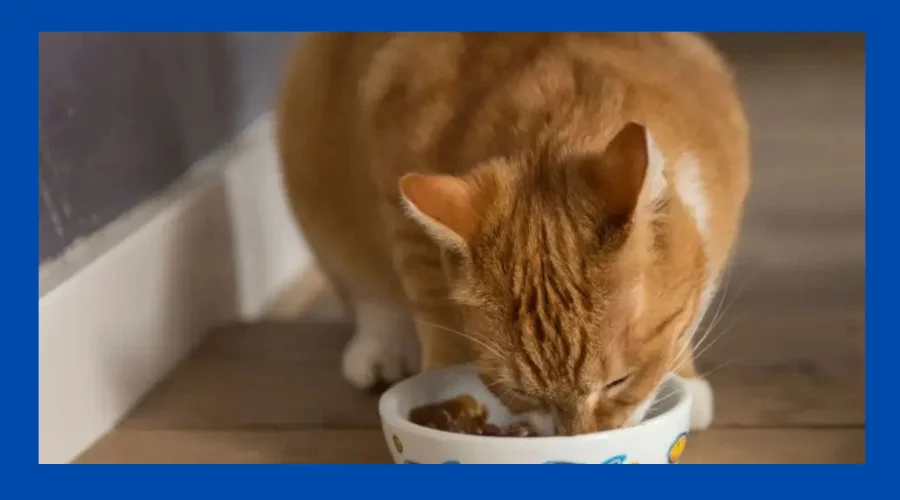
Using a Wet Food Feeding Calculator
Consider employing a wet food dosing calculator to make the process of figuring out the quantity of wet food to provide your cat easier. These web-based resources provide tailored feeding recommendations based on the feline’s age, weight, degree of activity, and overall health.
Steps to Use a Wet Food Feeding Calculator:
- Please enter the age, weight, the activity level of your cat.
- Please list any dietary restrictions or special medical problems.
- Examine the suggested serving sizes that the calculator has offered.
- Adapt the serving sizes as necessary to your cat’s specific requirements and tastes.
Monitoring Your Cat’s Health and Adjusting Portions
Although liquid feeding calculators are a great resource, it is crucial to routinely check your cat’s weight, physical condition, and general health. Pay attention to any changes in appetite. If level of energy, or litter box actions as these may point to underlying medical conditions or necessitate dietary changes.
See your veterinarian right away if you observe any apparent modifications in your cat’s health or attitude. They may offer tailored advice and see to it that your cat gets the right nourishment for long-term health and wellness.
How Much Wet Food to Feed a Cat
Our feline companions frequently give wet cat food a “paws up.” It’s a tasty meal option that will make practically any cat hungrier. It is also simple to enjoy food at any stage of life. It has a lot of moisture, something that most cats’ regular diets don’t provide. As you see, the benefits are numerous.
However, because damp cat food contains a lot of calories, you must properly portion the meals. So tell me, how much of your cat’s diet is wet food? Now let’s compute.
Benefits and Downfalls of Wet Cat Food
Although there are benefits to wet cat food, there likewise exist some concerns to think about. These are a handful.
High protein:
Generally speaking, wet cat food has greater amounts of protein than regular kibble. This is due to its provenance that it contains real meat chunks as opposed to manufactured proteins.
Moisture content:
Compared to other pets, cats experience dehydration more frequently. Cats who eat wet food consume more moisture.
Savory flavors:
Wet cat food has flavorful flavors that cats adore. It can satisfy even the most discriminating cat’s palate.
Mixable:
You can combine wet and dry meals. It will add even more moisture to their regular feed. It also maintains the crunch required to brush your cat’s teeth.
Cons:
High-calorie content:
When you’re dealing with damp cat food, you need to exercise caution. Generally speaking, it has more calories than regular dry kibble. Your cat may gain weight if they consume excessive amounts.
No crunch:
Because wet cat food lacks crunch, it doesn’t keep teeth as clean. On the gum line, dry kibble crunch lessens the accumulation of plaque and tartar. To prevent dental problems, you must make sure that your cat is brushed daily if you are feeding them only wet cat food.
Low shelf life:
If the can of wet food for cats isn’t empty when you open it, you have to store it in the refrigerator. It takes a while for dry kibble to expire. Wet cat food, on the other hand, only keeps for a day or two in the fridge.
What Types of Cats Benefit Most From Wet Cat Food?
Wet cat food is delicious for any cat. However, some cats would benefit more from this diet than others.
Seniors:
The teeth of our older cats are not as healthy as they previously were. Their appetite is piqued by wet cat food, which makes it easier for them to consume the nutrition they require.
Dental issues:
In case your cat has dental problems or is missing wisdom teeth, wet cat meals might be an excellent substitute for dry kibble. This is the kind of food that cats with many missing teeth can comfortably eat.
Malnutrition:
Wet cat food may be an excellent strategy to help a cat that has been malnourished regain its body weight if you are attempting to rehabilitate them.
Picky eaters:
Everybody has witnessed their cats turn away from food and snub their noses. Wet food can appeal to your fussy cat’s senses if it has one.
Why Healthy Weight Is Important

Naturally, fat cats are quite cute, but their health is a whole other matter. Your cat may have a variety of issues as a result of being overweight, such as:
- infections
- illness of the liver
- Cancer
- Heart failure with congestion
- Skin conditions
- Diabetes
The main defense against these problems emerging is proper weight management. Get precise measurements from your veterinarian if you’re attempting to reduce your cat’s daily consumption.
How Much Wet Cat Food Does Your Feline Need?
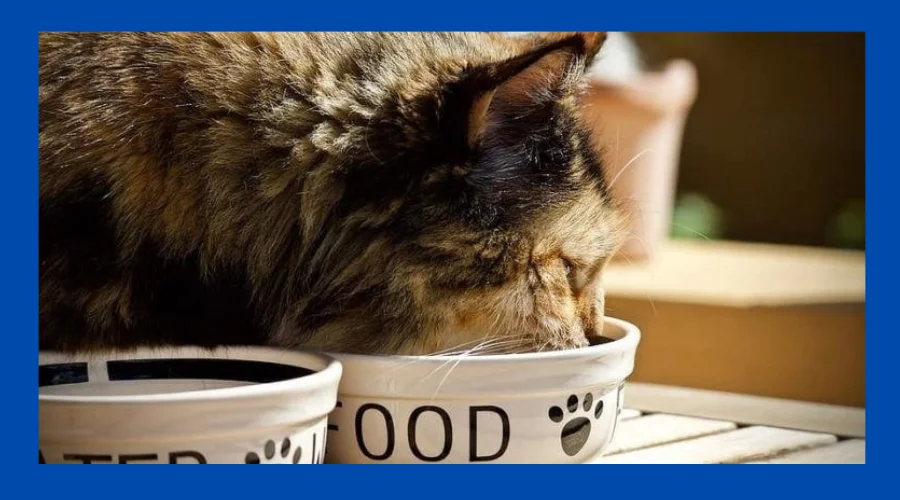
In the end, you should feed your cat in portions based on their weight. The steps to determine the extent to which your cat requires are as follows.
Weight
The most important consideration when considering how much-wet food to feed your cat is its weight. The number of pounds your cat weighs determines how many calories you should consume.
Pregnant/Nursing
Your pregnant cat needs all the nourishment she can get. This covers the consumption of the daily calorie value. They also require more nutrients to replace their milk production when they are nursing. Mothers are feeding not just themselves but a full litter of kittens after all.
Age
Based on their lifespan stages, cats, adults, and elderly people all require different diets. When portioning out the appropriate amount of wet food, knowing what age group they belong to will help you figure out just what to feed them.
Health
Dietary habits may alter as a result of certain health concerns or limitations. The frequency and amount of your cat’s meals may vary depending on their health.
Activity Level
While some cats are quite energetic, others hardly move at all unless they are startled. Your cat’s daily calorie burn gives you a good idea of the amount that food they should eat. Your energetic cat will require more food than a sluggish cat who naps for the majority of the day.
How Much Wet Food To Feed A Cat Calculator
FAQs
Is it possible to combine dry and wet food for my cat?
A balanced diet is achieved by mixing dry and wet food, as many cat owners opt to do. Just watch how much you eat to avoid overindulging.
When feeding my cat wet food, how can I tell whether it’s receiving enough water?
Although wet food usually provides cats with the majority of their water needs, it’s crucial to always have fresh water available to them to prevent dehydration.
Should I free-feed my cat or feed him on a schedule?
While some cats thrive on free feeding, some might gain from mealtime schedules that help them avoid overeating and keep a healthy weight.
Can wet food leftovers be refrigerated?
Yes, you can keep leftover wet food in the refrigerator for two to three days, but be sure to throw away any leftovers to keep them from going bad.
Conclusion
The amount of wet food that a cat should be fed depends on several lifestyle and individual needs considerations. You can make sure your cat gets the nourishment they need to flourish by adhering to the instructions in this guide and keeping an eye on their weight and physical condition.
